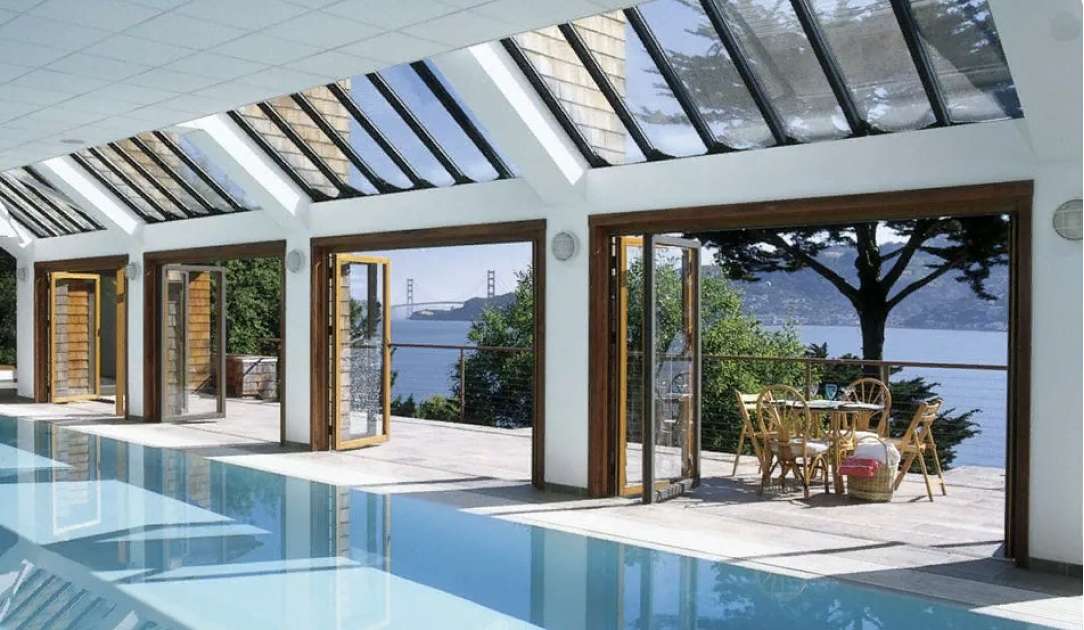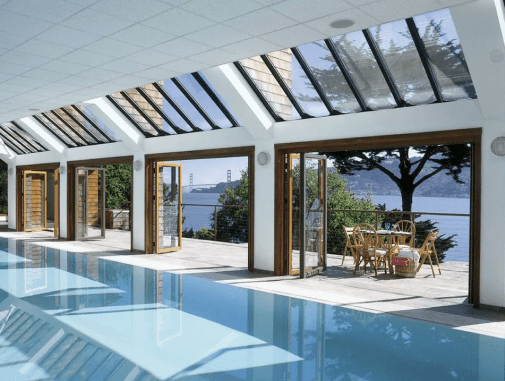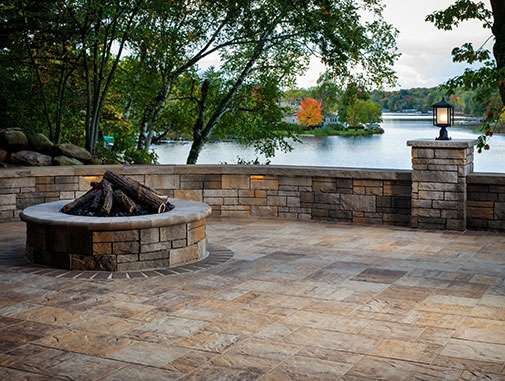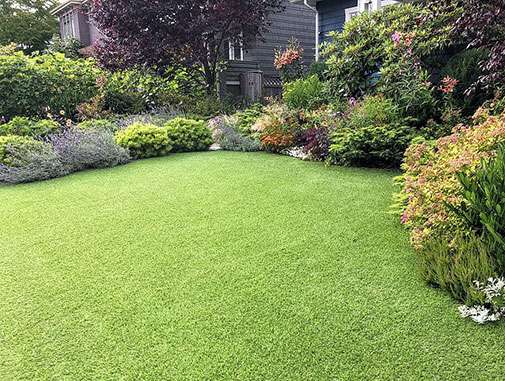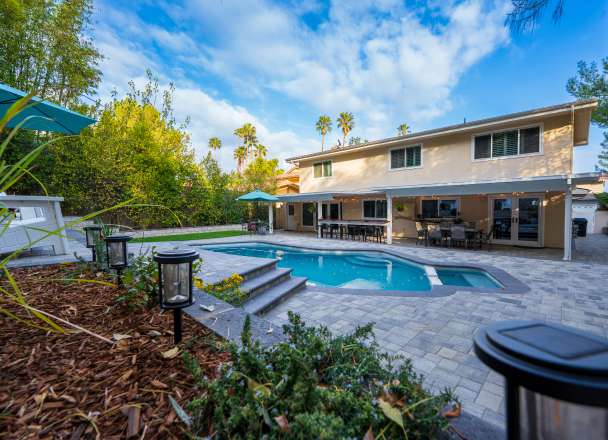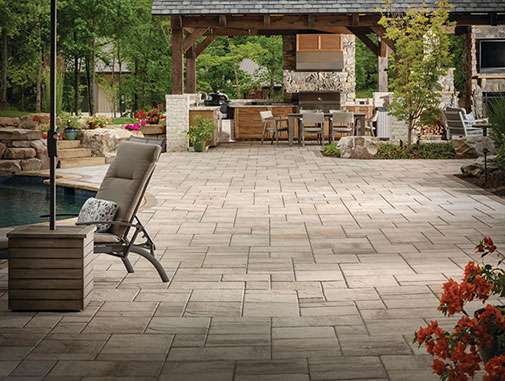Reducing Costs on ADU Projects: Material Selection Tips
- #Outdoor Living
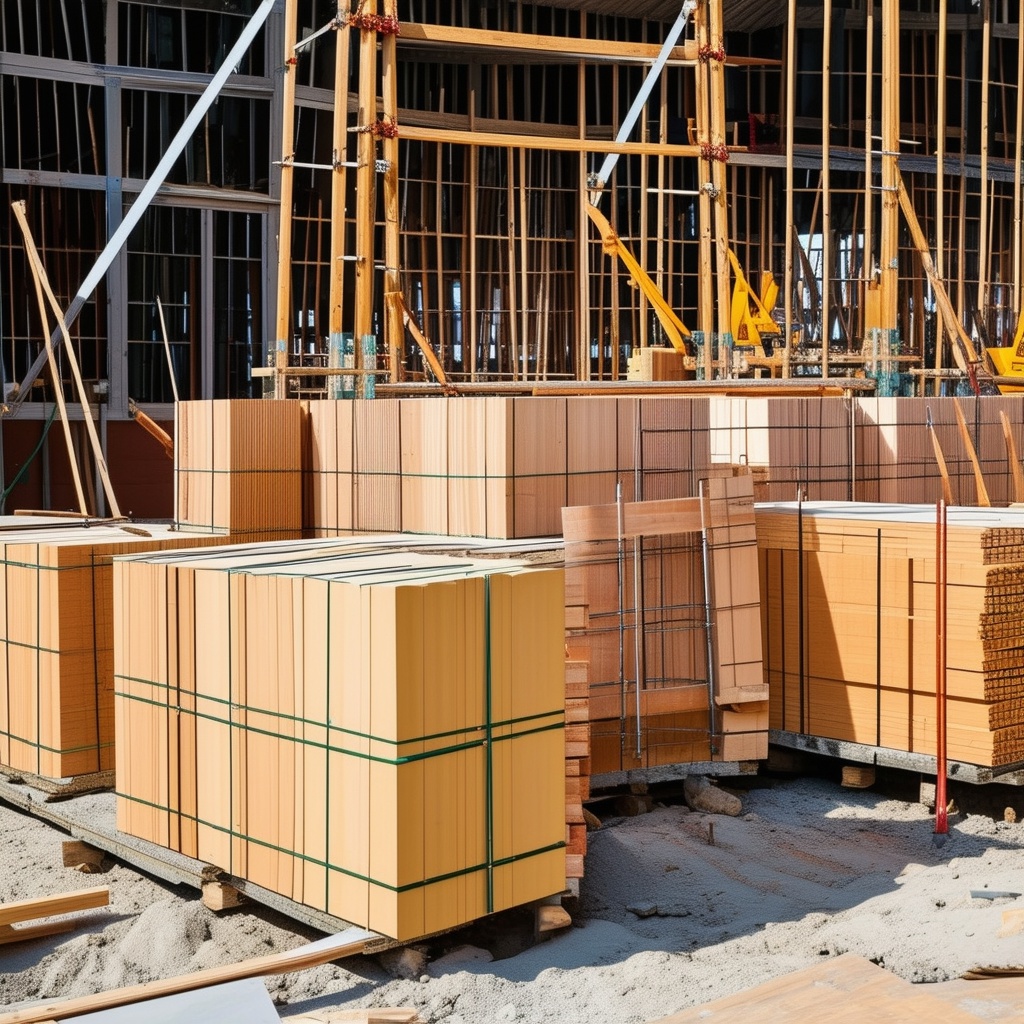
- Smooth Plaster Finish
- Shimmering Pebble Finish
Selecting cost-effective materials like concrete sheets, plywood, and reclaimed wood can significantly reduce ADU project costs. Additionally, using prefabricated panels and recycled materials further cuts expenses without compromising quality.
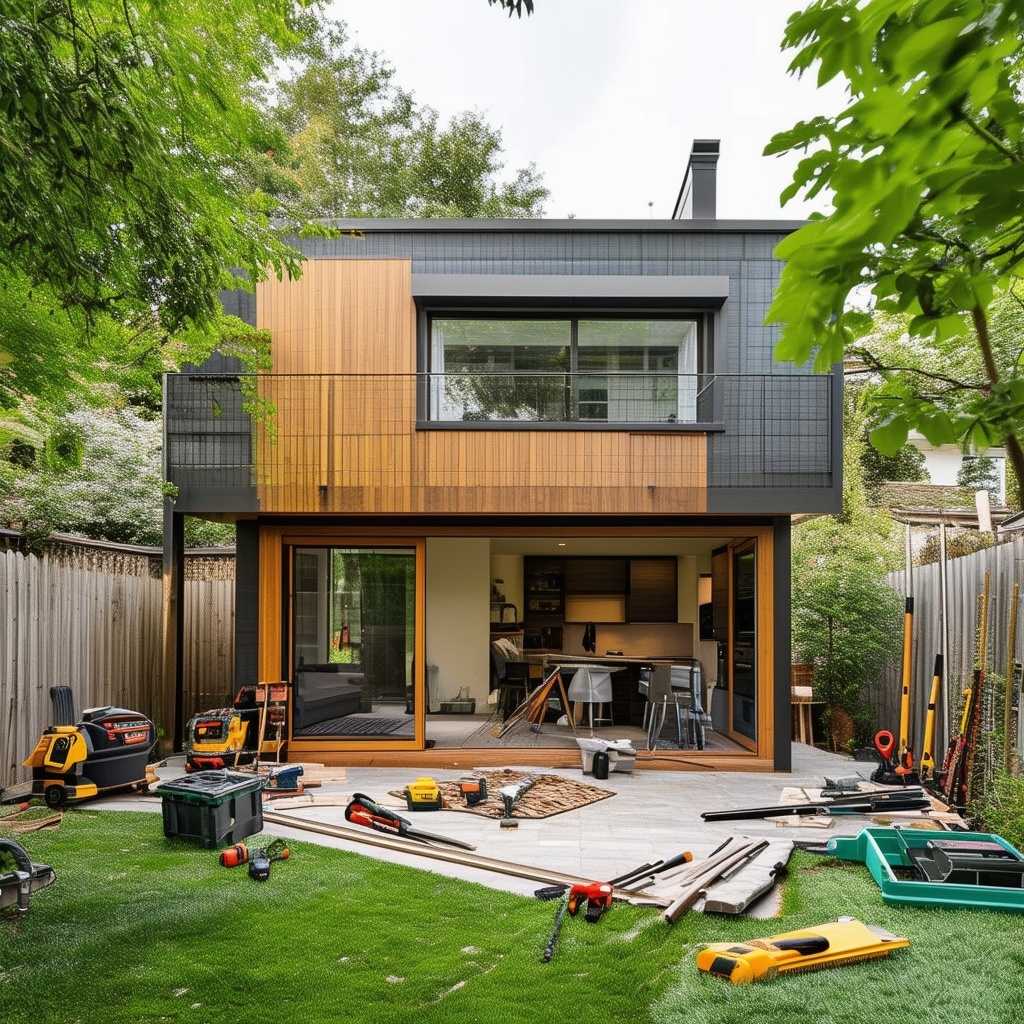
1. Choosing Affordable Building Materials
Selecting cost-effective materials can help reduce ADU project costs without compromising quality. Here are some tips:
- Concrete Sheets: Durable and versatile, concrete can be used for walls, floors, and foundations. It’s strong and long-lasting.
- Plywood: Affordable and easy to work with, plywood is great for flooring, walls, and roofing.
- Reclaimed Wood: Reusing wood cuts costs and is eco-friendly. It’s perfect for flooring, walls, and furniture.
- Recycled Materials: Items like recycled steel and plastic are cheaper and help the environment.
- Corrugated Metal: Lightweight and durable, it’s ideal for roofing and walls.
- Bamboo: A sustainable option, bamboo is strong and grows quickly. It’s good for flooring and walls.
- Industrial Steel: Strong and durable, steel is perfect for structural elements.
- Straw Bales: Great for insulation, straw bales are cheap and easy to source.
- Prefabricated Panels: Quick to install and cost-effective, these panels reduce labor costs.
- Used Shipping Containers: Strong and readily available, they can be converted into living spaces.
When choosing materials, consider the following factors: – Budget: Stick to materials within your budget. – Climate: Choose materials that suit your local weather conditions. – Durability: Opt for materials that last longer. – Sustainability: Eco-friendly materials can reduce environmental impact. – Aesthetics: Select materials that fit your design preferences.
By carefully selecting materials, you can keep costs down while still building a high-quality ADU.
2. Recycled and Reclaimed Materials
Using recycled and reclaimed materials in ADU projects can cut costs and help the environment. Here’s how:
- Environmental Benefits:
- Reduces demand for new resources.
- Minimizes landfill waste.
- Lowers greenhouse gas emissions.
- Economic Benefits:
- Often cheaper than new materials.
- Potential tax incentives for green building.
- Long-term savings through reduced material costs.
- Types of Recycled Materials:
- Steel, Glass, and Gypsum Board: Highly recyclable.
- Plastics: Requires specific facilities.
- Innovative Materials: Insulation from plastic bottles, soundproofing from old jeans.
- Types of Reclaimed Materials:
- Tiles, Steel, Timber, and Brick: Reused without reprocessing.
- Wood, Metals, Bricks, Cabinetry, Roofing, and Flooring: Available from various sources.
- Challenges and Solutions:
- Perceived Quality Issues: Rigorous testing for quality control.
- Availability: Develop a robust network of suppliers.
- Finding Reclaimed Materials:
- Habitat For Humanity Store
- ReuseWood.org
- EcoBusinessLinks
- Heritage Salvage
- The Freecycle Network
- Craigslist
- Old House Online Salvage Store Directory
- ReCONNstruction Center
- Friends and Family
- Eco Relics
Using recycled and reclaimed materials not only saves money but also supports sustainable building practices. Adopting these materials can make a significant impact on reducing waste and conserving resources.
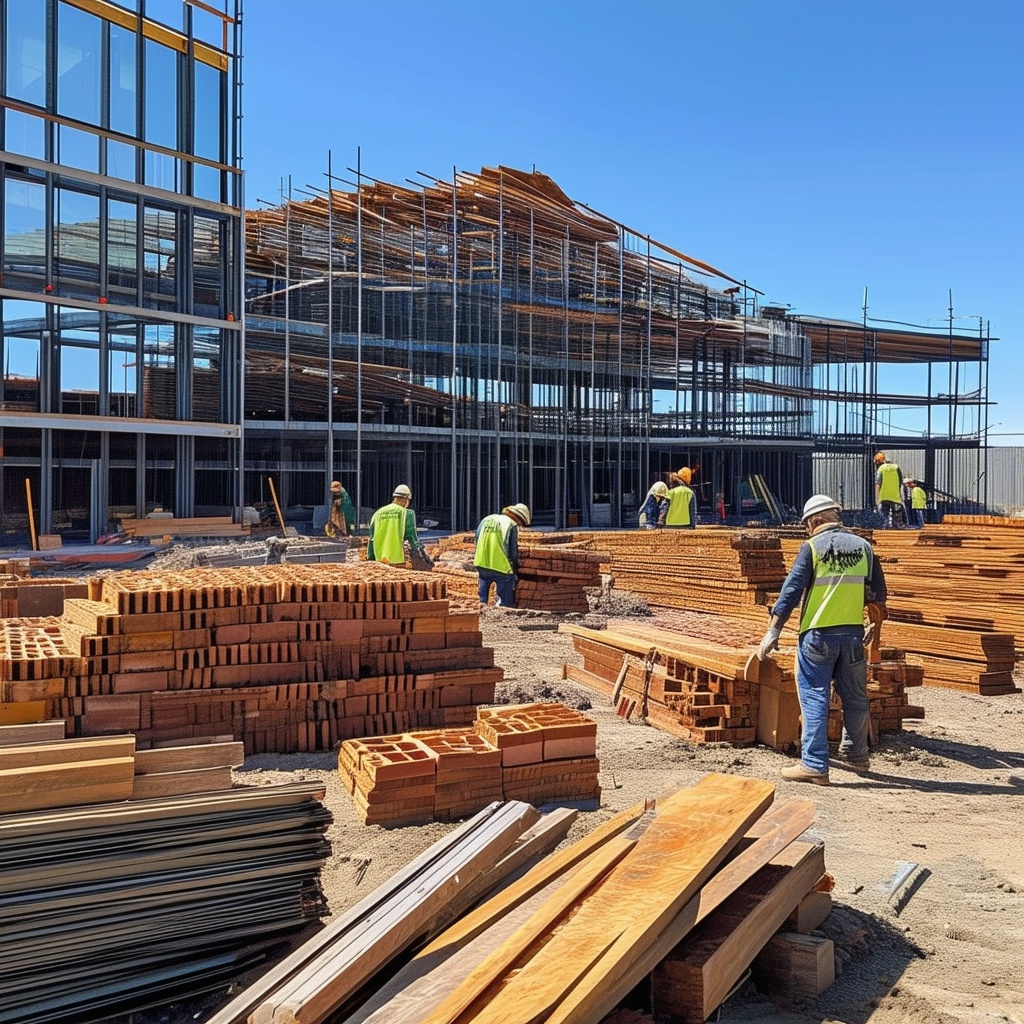
3. Local Sourcing
Sourcing materials locally can save money and support the community. Here are some key points to consider:
- Cost Savings: Local sourcing cuts down on shipping, insurance, and tariff costs. This reduces overall expenses.
- Flexibility and Control: Local suppliers can quickly respond to demand changes. This ensures timely delivery and better quality control.
- Community Impact: Buying locally boosts the local economy and creates jobs. It also fosters community relations.
- Environmental Benefits: Local materials reduce the carbon footprint by cutting down on transportation. This supports green construction practices.
- Supply Chain Management: Face-to-face visits with local suppliers ensure product standards and ethical sourcing.
Local sourcing can improve project timelines, quality, and sustainability. It also enhances a company’s reputation by showing a commitment to the community and the environment.

4. Energy-Efficient Materials
Choosing energy-efficient materials can reduce long-term costs and improve sustainability. Here are some materials to consider:
- Solar Panels: They can provide up to 100% of the electricity needed in summer, reducing energy bills significantly. Learn more about our ADU construction services.
- Insulated Concrete Forms: They offer better airtightness and reduce power usage for heating and cooling.
- Recycled Steel: This material saves energy in production and supports large insulation layers, making it both cost-effective and sustainable.
- Straw Bales: These have excellent insulation properties and bond well with stucco and plaster walls.
- Cool Roofing: Reflects the sun’s heat away, keeping the home cooler and reducing air conditioning costs.
- Low-E Windows: These windows cut heat flow through the glass, helping to lower heating costs by 10 to 20 percent.
- Structural Insulated Panels (SIPs): They can save up to 50% in energy costs compared to conventional materials.
- Plant-based Polyurethane Rigid Foam: Offers high moisture and heat resistance, good acoustics, and protection against mold and pests.
Using these energy-efficient materials helps save money in the long run while promoting a sustainable living environment. Consider integrating them into your next ADU project.
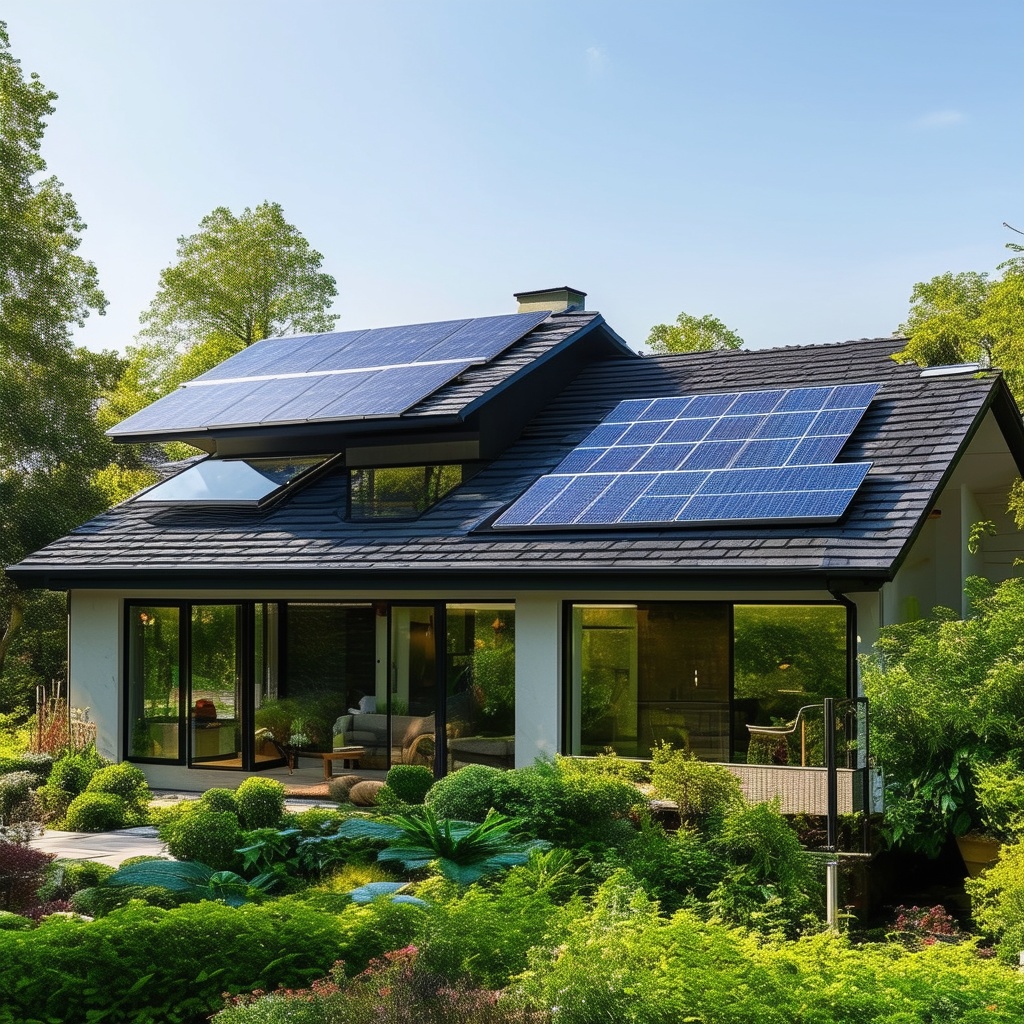
FAQ
What are Accessory Dwelling Units (ADUs)?
Accessory Dwelling Units (ADUs) are small homes built on the same property as a main house. They provide extra living space, potential rental income, and increased property value.
Why is it important to reduce costs in ADU projects?
Reducing costs in ADU projects is essential because these projects can be expensive. By managing costs effectively, you can ensure the feasibility and profitability of the project.
What are some key strategies to manage costs in ADU projects?
To manage costs, you should: – Conduct thorough research. – Get detailed quotes from professionals. – Build a contingency buffer into your budget.
What building materials can help reduce costs in ADU projects?
Some cost-effective building materials include: – Concrete sheets – Plywood – Reclaimed wood – Recycled materials (e.g., steel, plastic) – Corrugated metal – Bamboo – Industrial steel – Straw bales – Prefabricated panels – Used shipping containers
What factors should be considered when choosing building materials for ADU projects?
When selecting materials, consider: – Budget – Climate – Durability – Sustainability – Aesthetics
What are the benefits of using recycled and reclaimed materials in ADU projects?
Using recycled and reclaimed materials can cut costs and provide environmental benefits, such as reducing the demand for new resources and minimizing landfill waste. They also offer economic benefits, like potential tax incentives and long-term savings.
What types of recycled materials are commonly used in ADU projects?
Commonly used recycled materials include: – Steel – Glass – Gypsum board – Plastics – Innovative materials, like insulation from plastic bottles and soundproofing from old jeans
How can one find reclaimed materials for ADU projects?
Reclaimed materials can be sourced from various places, such as: – Habitat for Humanity Store – ReuseWood.org – EcoBusinessLinks – Heritage Salvage – The Freecycle Network – Craigslist – Old House Online Salvage Store Directory – ReCONNstruction Center – Friends and family – Eco Relics
What are the advantages of local sourcing for ADU materials?
Local sourcing offers several benefits: – Cost savings by reducing shipping, insurance, and tariff costs – Flexibility and better control over quality and delivery timelines – Positive community impact by supporting the local economy and creating jobs – Environmental benefits by reducing the carbon footprint from transportation
What are some energy-efficient materials suitable for ADU projects?
Energy-efficient materials include: – Solar panels – Insulated concrete forms – Recycled steel – Straw bales – Cool roofing – Low-E windows – Structural insulated panels (SIPs) – Plant-based polyurethane rigid foam
How do energy-efficient materials contribute to cost savings and sustainability in ADU projects?
Energy-efficient materials help reduce long-term costs by lowering energy consumption for heating, cooling, and electricity. They contribute to sustainability by promoting a more eco-friendly living environment.
